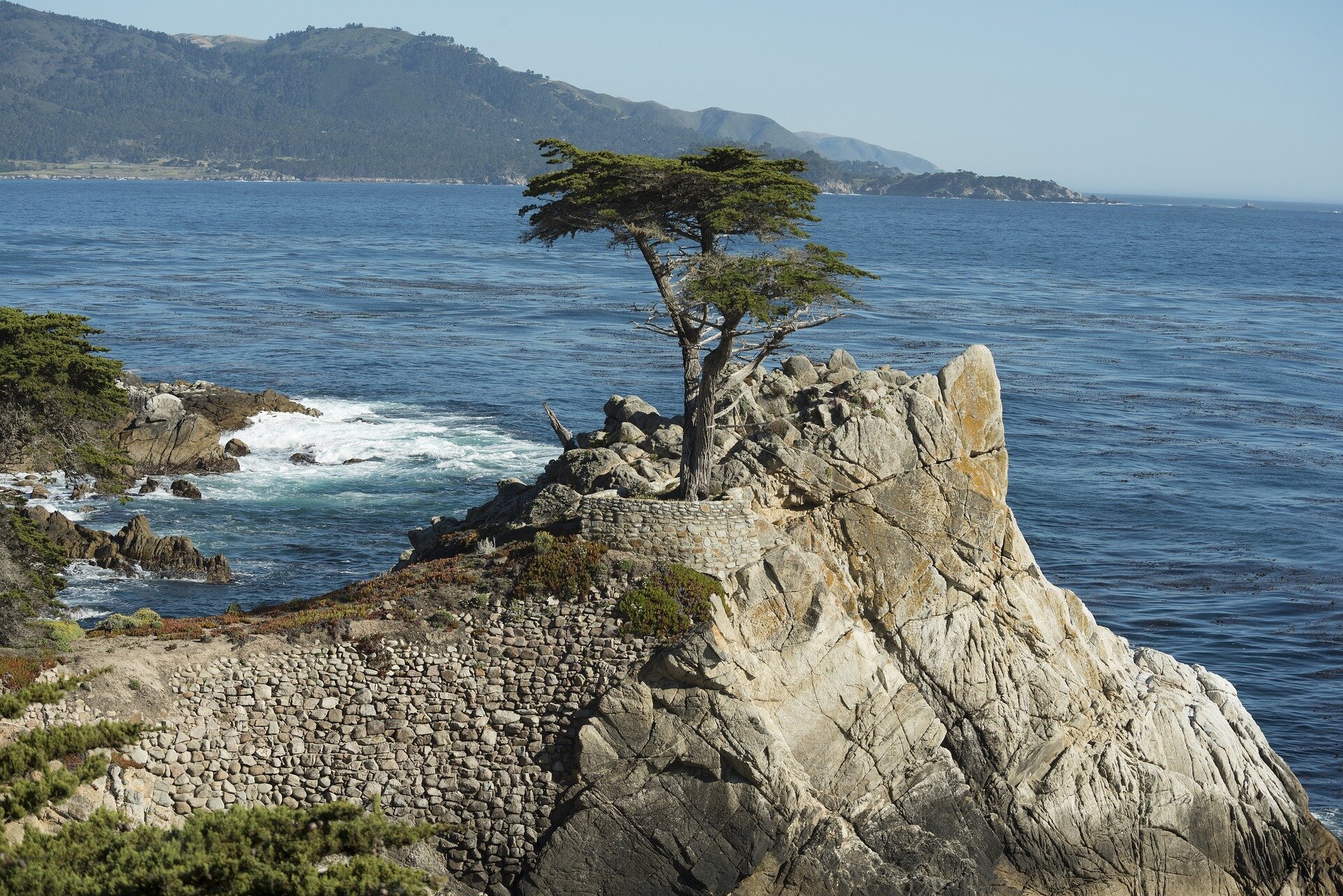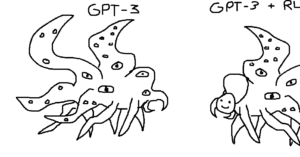

In the not too distant future, California’s coastline and its iconic beaches could be washed away, leaving only cliffs behind.
A new U.S. Geological Survey study found from 25% to 70% of California’s beaches could erode by 2100 due to rising sea levels caused by global temperature increases and greenhouse gas emissions.
Substantial management efforts like dune restoration are necessary to maintain the beaches and prevent catastrophic erosion, the authors of the study said.
“Beaches are perhaps the most iconic feature of California, and the potential for losing this identity is real,” wrote Sean Vitousek, the lead researcher. “Losing the protecting swath of beach sand between us and the pounding surf exposes critical infrastructure, businesses and homes to damage. Beaches are natural resources, and it is likely that human-management efforts must increase in order to preserve them.”
The U.S. States Geological Survey used two decades worth of satellite imagery of Ocean Beach in San Francisco—combined with models of sea levels rising from 1.6 to 10 feet due to global temperature increases—to estimate how the entire state’s coastline will shift in the next century.
That range is expected to vary based on the rate and reduction of carbon emissions over time.
While it may seem like that reality is in the distant future, the West Coast could see its sea levels rise up to eight inches in the next 25 years, according to the National Oceanic and Atmospheric Administration.
Researchers say intervention is needed to preserve the coastline, but California’s legislature is reducing funds that would do just that. Gov. Gavin Newsom proposed a $700 million cut from the coastal resiliency fund used to support the shoreline, CalMatters reported. That chunk is part of a proposed $6 billion reduction in climate change programs amid a $22.5 billion statewide deficit.
Particular stretches of the California coastline are more at risk of severe erosion, including Point Arena and Humboldt Bay in northern California, Pismo Beach and Morro Bay in central California, and Newport Beach and San Clemente in southern California.
The coastal bluff along East Cliff Drive in Santa Cruz is vulnerable to rising sea levels during big storms. Earlier this year, a “van-sized” chunk of cliff near Lighthouse Point collapsed into surfer-filled waters.
The 2.7-mile promenade of West Cliff Drive in Santa Cruz is also in danger of expedited erosion as well. This winter’s seemingly endless rain storms took a toll on the popular cliffside road, and amid the already rising sea levels, community members and local leaders are concerned about its future.
“This was sort of a wake-up call,” Gary Griggs told the New York Times. He is a professor of earth sciences who has taught at UC Santa Cruz since the 1960s. “I’ve never seen this much damage this quickly in my 55 years here. So it’s time to step back and say, ‘This is what’s coming.'”
The city is facing $13 million in repairs for West Cliff after the recent storms, city manager Matt Huffaker said. The city could incur another $1 billion in erosion and other climate-related damage by the end of the century, the New York Times reported.
The USGS study is in the process of being peer reviewed and follows up on a 2017 paper from the same researchers that predicted 31% to 67% of beaches in Southern California were in danger of disappearing.
Losing California beaches could impact the tourism economy and damage homes and businesses close to the water.
A 2009 study from USGS found that 40% of beaches were already experiencing long-term erosion.
2023 MediaNews Group, Inc.
Distributed by Tribune Content Agency, LLC.
Citation:
Can California’s coastline be saved? Study shows up to 70% could be wiped out by 2100 (2023, May 30)
retrieved 30 May 2023
from https://phys.org/news/2023-05-california-coastline.html
This document is subject to copyright. Apart from any fair dealing for the purpose of private study or research, no
part may be reproduced without the written permission. The content is provided for information purposes only.

